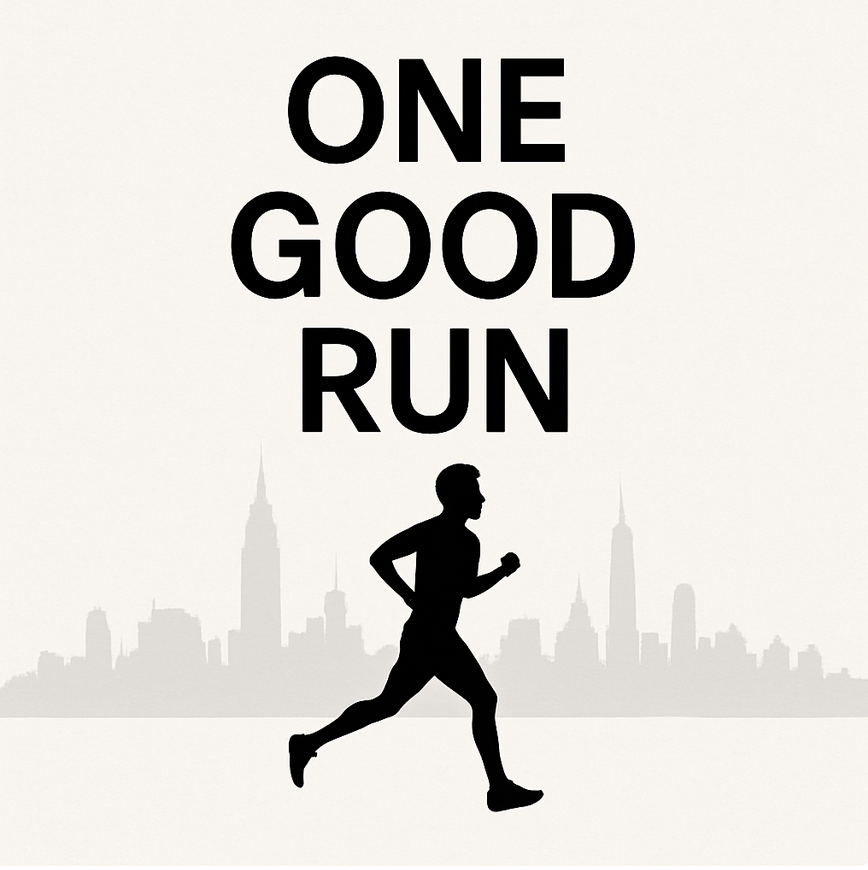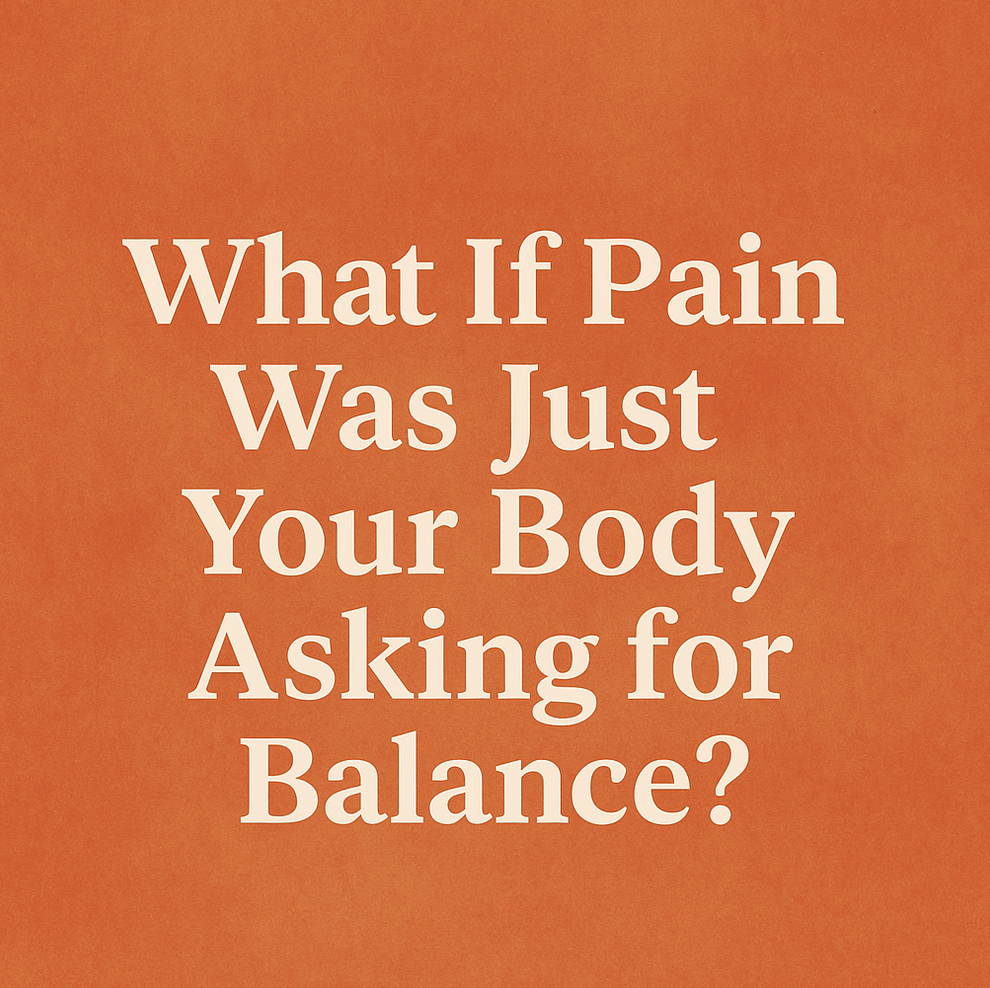Sleep is crucial to everyone who wants to be the best that they can be.
It is all the more important for athletes who need to be at their physical peak in order to perform at their very best. It can be tempting when you are training hard for an all-important competition to forgo your sleep in favour of extra training, but you really are not doing yourself any favours.
Read on to find out exactly why sleep is your best friend and why you should make it a priority, even if you are training hard.
1. It can help you make healthier dietary choices
When it comes to training, one of the most important factors is diet.
It is no good training hard to get your body into peak condition and then filling it with the wrong types of foods. When we don’t get enough sleep we can create an imbalance in the hormones that tell us when to eat and when to stop.
Ultimately, a lack of sleep can lead to surplus ghrelin, the hormone that tells you it’s time to eat and a reduction in leptin, the hormone that tells you that you are full. It’s easy to see therefore, how lack of sleep can lead to overeating.
Add to this the fact that not getting enough sleep makes you feel rubbish anyway, making it more difficult to make good dietary choices, and you can see how you might not be in a position to fuel your body in the best way.
2. Repair muscles quicker
Studies show that sleep releases a growth hormone that is responsible for helping to repair muscle damage. It also plays a part in building new muscle, burning fat and strengthening bones. These are all essential if you are to make sure that your body is in peak condition ready to compete in a big event. It is recommended that athletes aim to get around two hours of extra sleep per night, for this very reason.
To ensure you get this extra rest, you might need to consider setting up a sleep routine for yourself, to help you maximise the amount of sleep that you get. It’s all about creating the right atmosphere, to tell your body it is time for sleep.
Look at your routine, how comfortable your bed is and also the temperature in your room. The ideal temperature is around 16-23C (60-75F), so take a look at your thermostat and see if turning it down might help you.















